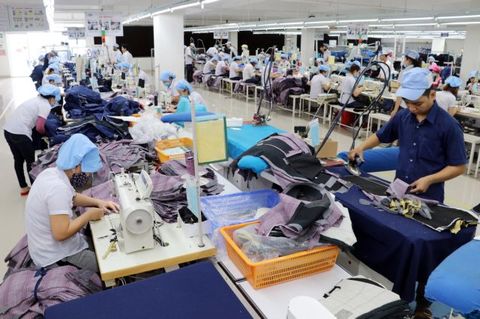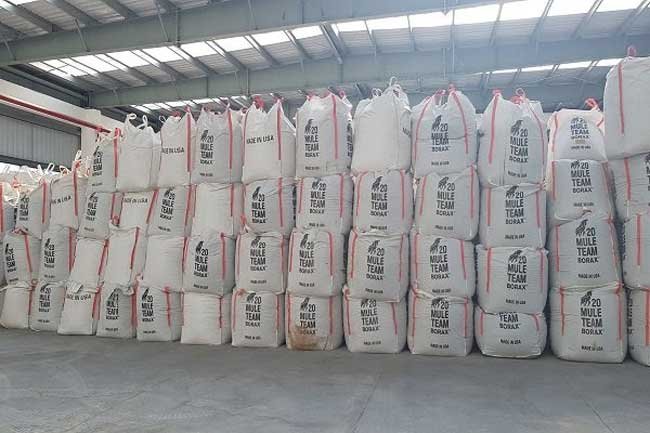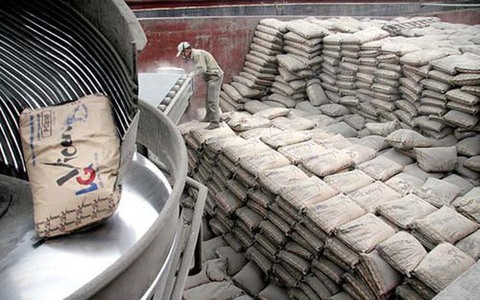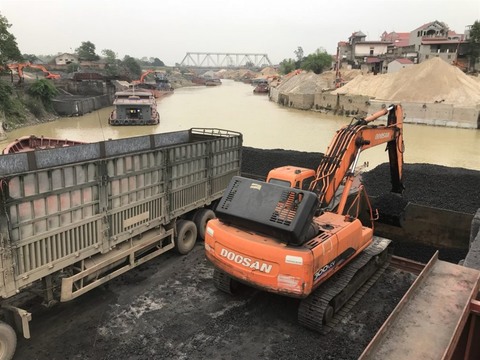Cement makers turn to alternative fuels
Cement makers turn to alternative fuels
The domestic cement industry is striving to reduce at least a tenth of the country’s energy drain in accordance with the country’s national programme on economical and efficient use of energy for the 2019-2030 period, but there remains a number of obstacles to overcome.
Located in the northern port city of Haiphong, Chinfon Cement Corporation has been applying a heat recovery power system. “This system has provided 25 per cent of energy to the factory and helped reduce environmental pollution,” deputy director Hoang Anh Hai told VIR.
He said that the company is planning to use other kinds of alternative materials available in the city such as the soles of shoes, scrap fabrics, and low grade coal.
“We have even thought of importing old car tyres, but we need a feasible mechanism so that we have enough raw materials for production over a long period,” Hai said. “Currently, there is no collecting system that ensures input material source. We can’t invest a lot of money in the new system of using alternative fuel, while the materials are enough for production for one year or a short period of time.”
In Hai’s opinion, without the support of the government, the alternative plans of Vietnam’s cement makers like Chinfon Haiphong will remain in the laboratory.
Meanwhile, as one of the country’s leading cement makers, state-run Vietnam Cement Industry Corporation (VICEM) uses alternative fuel rather than burning energy as well as using waste from other industries, in an attempt to save energy.
In recent years, the entire VICEM system has invested in the installation of a waste heat recovery system. In addition to the economic benefits, it serves to create great efficiency in terms of technique and the environment. The generator, which utilises exhaust heat, does not use oil and so does not discharge gas into the environment. This is a clean and green system, with little impact on the health of operating workers. The transmitter system takes advantage of rotary kiln exhaust heat, so the generating capacity is entirely dependent on the excess heat obtained from the furnace.
According to Nguyen Truong Sinh, sales executive director of cement consultancy Antech Co., Ltd., the leading company in using alternative energy nationwide is INSEE Vietnam’s Hon Chong Cement Plant. Hon Chong has replaced 40 per cent of its energy use with an alternative fuel.
In addition, there are two factories in the southern region including Ha Tien Cement that have implemented the programme by using cashew cover.
“This is a good idea that helps make use of available materials in the locality and also saves energy,” Sinh told VIR. “In the near future, the Ha Tien factory will implement a programme using rubber waste extracted from industry waste.”
However, he also pointed out that obstacles to the factory’s plans exist among local authorities.
“The government and the local authorities need to encourage enterprises to use such materials. Actually, sometimes, the policy of the government is strong, but it fails to be implemented in localities. This is the crux of the issue,” Sinh said.
According to Sinh, the Ministry of Natural Resources and Environment and the Ministry of Construction should co-operate to find a long-term solution, “We shouldn’t call for the use of alternative fuels and then let enterprises manage by themselves,” he affirmed.
At present, Vietnam has 29 cement production lines with the capacity from 250,000 to 600,000 tonnes each, per year, with the total capacity of about 11.49 million tonnes. These lines were installed over 15 years ago, and thus most of the equipment is now obsolete and consumes large amounts of fuel.
According to industry experts, besides using alternative fuels, cement makers should also apply modern technologies in their production to save energy. In addition, plant annual health screening is also one of the most effective solutions to ensure optimisation of the plants’ operation and energy efficiency.


















